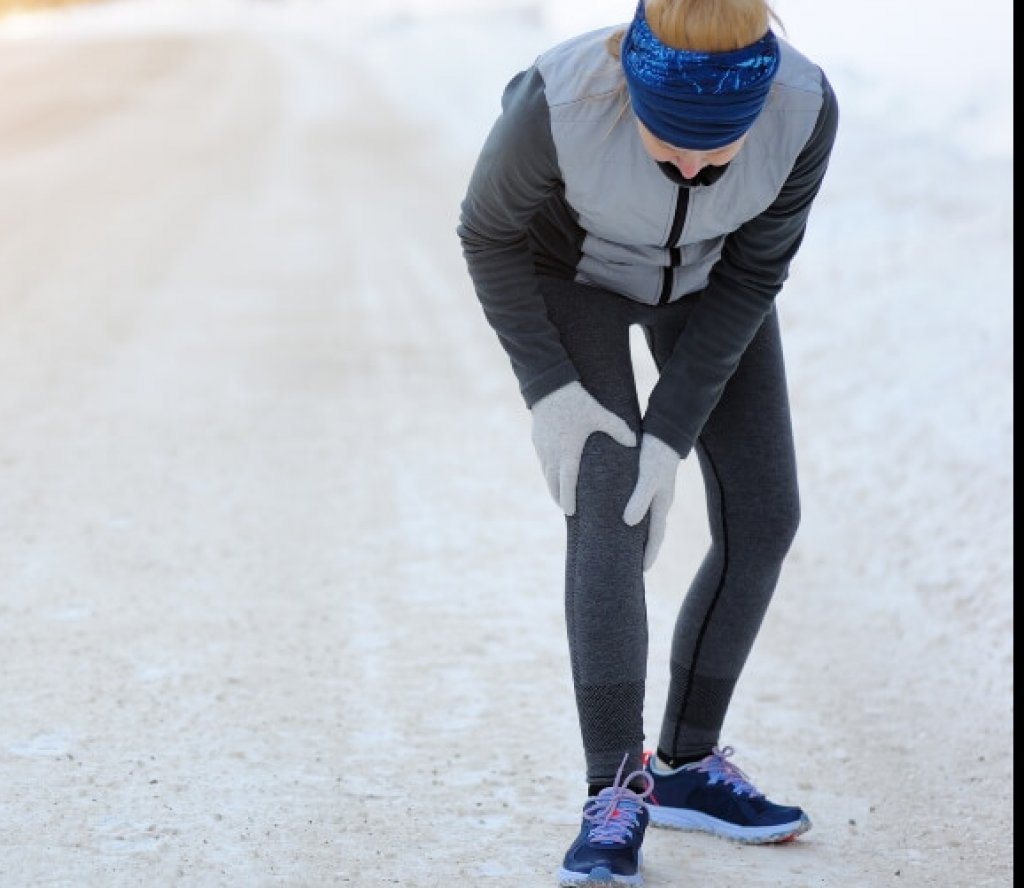Reasons behind Large Numbers of Patients With Knee Wounds Happen during winter?
On Long Island, we’re actually fighting through the severe cold of winter. As the greater part of us know, this is a season that can trouble us with huge muscular difficulties. As a Long Island orthopedist, we treat a few wounds caused during winter. Between ice, snow, scooping and fender benders, winter is a period for everybody to practice alert to stay away from injury. Why Large Numbers of Patients With Knee Wounds Happen during winter?
Large numbers of our patients with knee wounds understand that during winter, their knee torment appears to change with the climate. Muscular wounds moving with the season isn’t generally so remarkable as you might accept. As it turns out, knee wounds (and some of the time strain wounds) are especially powerless to changes as the climate stays cold.
Underneath, we’ve assembled data in regards with the impacts of chilly climate on knee wounds. You’ll discover what causes these changes, the knee wounds in danger and procedures for relief from discomfort. Continue to peruse for more data!
What Causes It?
With regards to chilly climate knee torment, there are a few factors that add to the changes.
1. Barometric Pressure:
This is the essential component that prompts winter knee torment. Basically, barometric strain depicts the actual load of the air encompassing us. Just before chilly climate shows up, the air’s barometric strain plunges. Subsequently, the liquids and gases inside your knee’s joints start to extend. This prompts a
sensation of tension on your nerves, which is the thing that causes the aggravation.
2. Cold and Humidity:
When lower temperatures and higher dampness join, it can actuate huge agony in your knee. The blend of these two variables impact the cell constructions of bone and ligament. Therefore, it can cause a sensation of development and constriction, which makes horrendous strain.
3. Nerve Sensitivity:
Muscular patients with knee wounds experience indications like irritation, grips or scarring. With any of these, they typically include responsiveness inside their nerves. The nerves in knee joints become progressively delicate when it’s cold outside, and the lower temperatures can upset that responsiveness.
4. Thickening of Joint Fluids:
The liquid inside our knees fills a significant need – to basically assimilate shocks and effect. At the point when temperatures drop, the liquid in knees can start to thicken. Subsequently, this increment in thickness hinders the free progression of liquids, which thus makes the knee’s joint stiffer.
5. Inertia:
Naturally, during the cold and dim cold weather months, we will generally remain inside and torpid for longer timeframes. It’s destructive to the strength of our joints to stay latent. For seniors, there are a few demonstrated ways of remaining dynamic throughout the colder time of year. The joints inside our knees can endure (and hurt) after times of lethargy.
Which Knee Injuries Are Susceptible?
With explicit knee wounds, the chilly climate is significantly more liable to rouse torment.
Knee Trauma:
If you encountered a knee injury in the past from injury or effect, then, at that point, the muscles encompassing your knee were impacted. During colder months, the temperature drops and your impacted muscles need to work a lot harder. In hotter climate, they don’t need to apply a similar measure of energy and work to do similar responsibilities. Thusly, this can prompt more muscle and tissue harm, which causes expanded agony.
Patellar Tendonitis:
This injury is generally alluded to as “jumper’s knee.” It’s typically between the kneecap and thigh muscles to the shin bone. The aggravation is thought straightforwardly underneath the kneecap. When bouncing or climbing steps, it causes shortcoming and solidness. Chilly climate prompts stiffer ligaments and diminished course, which can make the aggravation from this injury much more awful.
Sprinter’s Knee:
During extensive stretches of running, pressure is put on the knee joints, which prompts this injury. Much of the time, some body-burdening occupations can cause sprinter’s knee. The kneecap impacts the thigh bone, and the outcome is ligament harm. In chilly climate, the tissues and muscles encompassing the knee get firm, which prompts hurts and agony.
Relief from discomfort
There are a few different ways for you to lessen your knee torment. You can generally evaluate normal cures, or do one of the accompanying:
Remain Warm:
This is a great, lovely and basic method for facilitating your chilly climate knee torment. You can take pleasant, hot showers and showers, lay down with an electric cover, and try to make a big difference for the hotness. Assuming you need to take off from your home, attempt to heat up your vehicle before you need to take off. Furthermore, you can dress in layers for some additional hotness.
Battle Swelling:
Essentially, with by far most of knee wounds, enlarging is the essential driver of agony. Pressure groups are a remarkable instrument to lessen expanding and further develop solidness.
End
Assuming that you’re encountering knee agony of any sort, you should contact Central Orthopedic Group today. Our driving Long Island orthopedists can survey your physical issue and think of a treatment system to assist with recuperating your physical issue and facilitate your torment.


